Share this
The problem is: Transformative change does not come easily; change is hard. Transformation efforts fall short of expectations 67% of the time, failing to deliver on goals, suffering from cost overruns, and / or getting abandoned mid-process. Why? Because, often times, transformation agendas are too narrowly scoped as they begin with a tactic, instead of evaluating and taking into account the whole playing field.
It’s hard to move the needle through a onsie-twosie, tactical approach (e.g., a new system, organizational structure, or policy). Narrowly scoped transformation programs are set up for failure. We see this time and again. For example, a public sector entity, undergoing an enterprise-wide systems implementation took a systems-alone approach, banning the words “change management” from their efforts. The expectation was that people and processes would simply adapt, without the understanding that systems implementation would not only ripple over to non-systems processes but that systems alone would fail to solve for the structural, process, incentives and skill-set related gaps that existed in their organization. Their expectations were unrealistic and resulted in substantial consequences: 1) disruption to the organization’s broader workflow that stymied and overburdened day-to-day processes, 2) a cost overrun of 50% ($10MM) caused by lack of readiness, delays and workarounds, and 3) the second part of the implementation being put on hold indefinitely because the path to ROI remained unclear. These consequences and ultimate failure to reach completion could have been avoided if the transformation program was less focused on deploying a system and more focused on improving efficiency and effectiveness through a broader, more holistic lens. With systems as a central but not the leading and / or only focus area.
Systems integration efforts are easy to pick on. They are high visibility, well-funded and anxiety producing. However, they are far from the only example of onsie-twosie approaches. The same concept applies to work done, in isolation, to reengineer business processes, reset the KPIs and governance models meant to shape human behavior and the development of new tools and SOPs. Transformation efforts must be approached in an integrated, holistic manner, fusing together all of the necessary elements to generate momentum and create lasting, impactful change. These elements include rethinking organizational structure / design, the roles that exist within those structures, the people in those roles (who and how many), how they’re equipped with the systems and tools to do their jobs, the process and workflow that knits them together, and how they’re (dis)incentivized and governed around certain behaviors and expectations. We purpose built fu.sion ACCELERATOR, a proprietary transformation toolkit, to plan, streamline and facilitate holistic change by merging all the necessary elements in one place.
If your organization is undergoing a transformation initiative, consider if all necessary aspects are being incorporated and if the agenda is holistic enough to drive meaningful change. Otherwise you are setting yourself up for failure.
Contact us to learn more.



